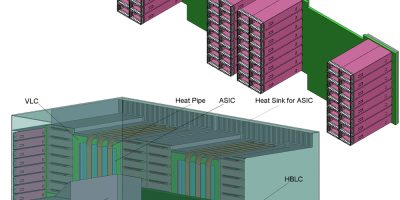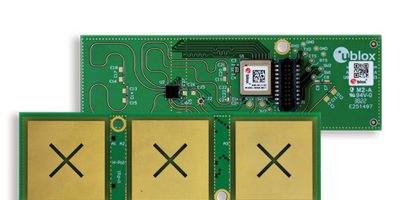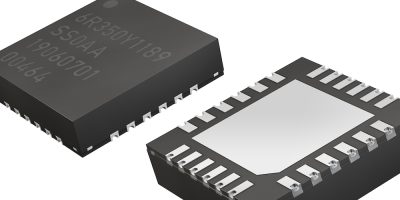A vertical version of the octal small form factor pluggable connector, the standard for optical transceivers and fibres in communications equipment, has been developed by Yamaichi Electronics. The OSFP-VLC is compatible with the VLC (vertical line card) and will debut at DesignCon 2023 (January 31 to February 02) in Santa Clara, California, USA.
The VLC architecture allows higher transmission speed with higher density by a vertical line card which mounts vertical I/O connectors and ASIC side by side to shorten the signal trace distance within three to four inches. It is compatible with mature technology (module, board assembly process and signal transmission technology) available in the market, said Yamaichi.
Using VLC can shorten the PCB line length in comparison to the conventional horizontal line card (HLC) option, added the company, yet 112G transmission can be achieved without increasing costs. In addition, vertical line card placement will decrease the number of boards needed, as well as make room for a cooling space which leads to much lower power consumption and increased cooling efficiency.
As 5G technology, big data, AI and IoT become more prevalent, it is becoming more important to have a fast and reliable connection in order to process extremely large amount of data in the cloud. On the other hand, cost reduction is becoming crucial for data centres which have to juggle maintaining physical space, air conditioning and efficient power consumption for the system.
There have been several proposals to realise higher transmission speed and density to upgrade data centre devices from 112G to 224G but these require new technology which increases production cost.
Yamaichi Electronics has collaborated with Nubis Communications to provide a connector based on VLC architecture which places OSFP connectors vertical to the line card. As a result, existing technology (module, mounting and signal transmission) can achieve higher signal density and speed while maintaining low cost and providing an efficient cooling structure for lower power consumption. As well as increased data transmission rates, cost savings with the elimination of cables and reduction in the number of boards needed and efficient cooling to lower power consumption, VLC enables the use of other I/O interface types.
Typical applications are optical transceiver devices, supercomputers as well as server, router and switches for data centres.







